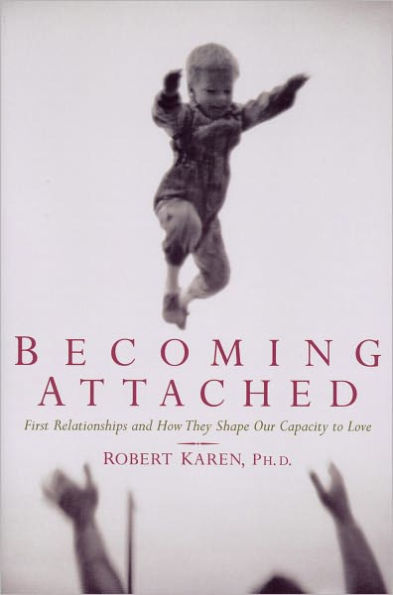5
1
9780195115017


Becoming Attached: First Relationships and How They Shape Our Capacity to Love / Edition 1 available in Paperback

Becoming Attached: First Relationships and How They Shape Our Capacity to Love / Edition 1
- ISBN-10:
- 0195115015
- ISBN-13:
- 9780195115017
- Pub. Date:
- 04/23/1998
- Publisher:
- Oxford University Press
- ISBN-10:
- 0195115015
- ISBN-13:
- 9780195115017
- Pub. Date:
- 04/23/1998
- Publisher:
- Oxford University Press

Becoming Attached: First Relationships and How They Shape Our Capacity to Love / Edition 1
$29.99
$29.99
Temporarily Out of Stock Online
Temporarily Out of Stock Online
29.99
Out Of Stock

Product Details
| ISBN-13: | 9780195115017 |
|---|---|
| Publisher: | Oxford University Press |
| Publication date: | 04/23/1998 |
| Edition description: | Reprint |
| Pages: | 512 |
| Product dimensions: | 6.20(w) x 9.20(h) x 1.30(d) |
About the Author
From the B&N Reads Blog
